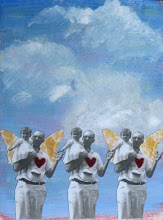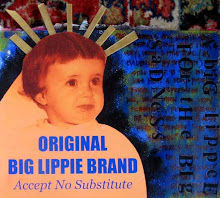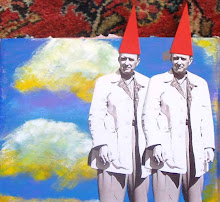

Jackson Pollock was the poster child for Artists With Emotional Disorders and/or Mental Illness (which, let's be honest, is just about every artist to one degree or another), yet he took it beyond the extreme. The man was unbelievably tortured and pretty much on a collision course with a horrible and dramatic death from the day he was born. And the art he is most famous for- his large abstract canvases of the late 40s and early 50s- are simply breathtaking. I guess if the trade-off for being able to produce such emotionally charged works was to be utterly-out-of-your-mind-batshit-crazy then it was worth every psycho, violent minute.
I once, while at the National Gallery in Washington, waited (for what felt like years) for the docent in that gallery to finally leave the room, whereby I climbed over the ropes and cozied up to a favorite Pollock and gently ran my fingers all over that glorious work. Now, please don't tell me how I shouldn't have done that. That as an artist I should have more than known to keep my oily, art-damaging fingers off the canvas. I am aware of it now and I was aware of it then. But sometimes rationality and plain old self-control just fly right out the window. I should know, I'm an artist.
And in case you were wondering, all that heavily dripped paint felt amazing.
Number 16, 1949
Autumn Rhythm, 1950



+1886.jpg)






